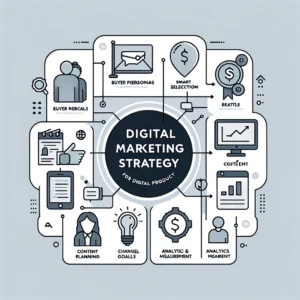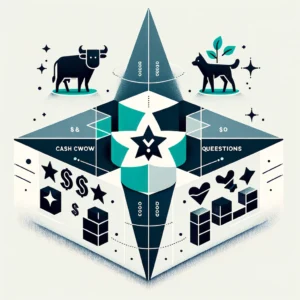The product development life cycle is a crucial process that businesses follow to bring new products to the market. It involves various stages, from ideation and concept development to design, manufacturing, and marketing. Understanding this life cycle is essential for businesses to ensure successful product launches and maximize their potential for growth. In this article, we will delve into the different phases of the product development life cycle and explore how businesses can optimize their strategies to achieve success.
The Phases of the Product Development Life Cycle

Phase 1: Idea Generation and Research
The first phase of the product development life cycle is idea generation and research. This stage involves brainstorming and gathering potential ideas for new products. It is crucial to conduct thorough market research to identify customer needs, preferences, and trends. By understanding the market demand, businesses can develop innovative ideas that have the potential to meet customer expectations and stand out from competitors.
During this phase, businesses should also consider the feasibility of their ideas. They need to assess factors such as technical feasibility, available resources, and market potential. By conducting a comprehensive analysis, businesses can filter out ideas that may not be viable and focus on those with the highest potential for success.
Read more articles about product development
Phase 2: Concept Development and Testing
Once the ideas are generated, the next phase is concept development and testing. In this stage, businesses refine their ideas into concrete concepts and create prototypes or mock-ups. These prototypes are then tested to gather feedback from potential customers.
By involving customers in the testing process, businesses can gain valuable insights into the viability and desirability of their product concepts. This feedback helps in identifying any necessary improvements or modifications before moving forward with the development process.
Phase 3: Design and Engineering
After concept testing, the product development life cycle moves into the design and engineering phase. Here, businesses transform the approved product concept into a detailed design. This involves creating technical specifications, selecting materials, and determining the manufacturing process.
During the design and engineering phase, businesses need to ensure that the product meets all the necessary requirements, including functionality, quality, and safety. Collaboration between designers, engineers, and other stakeholders is crucial to ensure a seamless transition from concept to design.
Phase 4: Manufacturing and Production
Once the design is finalized, the product development life cycle progresses to the manufacturing and production phase. This stage involves setting up the production process, sourcing raw materials, and establishing quality control measures.
Efficient manufacturing processes and supply chain management are essential to ensure timely production and delivery of the product. By optimizing production methods and streamlining operations, businesses can minimize costs and maximize efficiency.
Phase 5: Marketing and Launch
The final phase of the product development life cycle is marketing and launch. In this stage, businesses develop marketing strategies to create awareness and generate demand for the new product. This includes developing promotional materials, pricing strategies, and distribution plans.
Effective marketing techniques, such as targeted advertising and social media campaigns, can help businesses reach their target audience and create a buzz around the product. By building anticipation and excitement, businesses can maximize the impact of their product launch and drive sales.
Conclusion of Product Developement Life Cycle:
The product development life cycle is a complex process that requires careful planning, research, and execution. By following the different phases outlined in this article, businesses can optimize their strategies and increase their chances of success. From idea generation to marketing and launch, each stage plays a crucial role in bringing a new product to the market.




